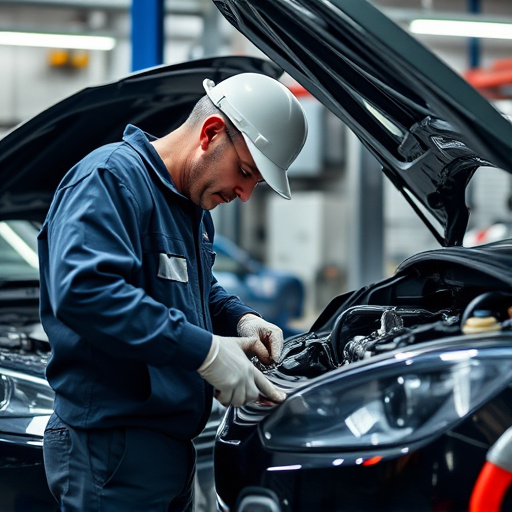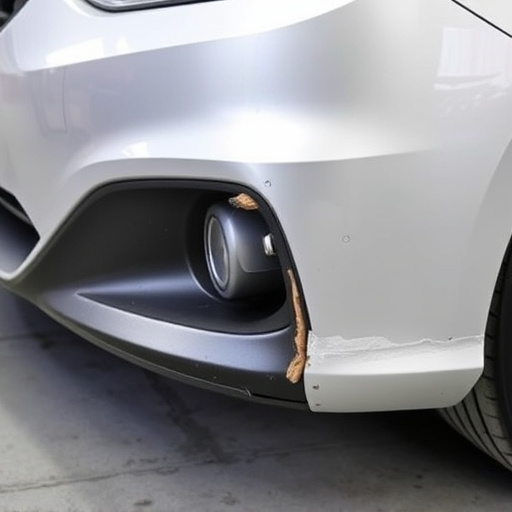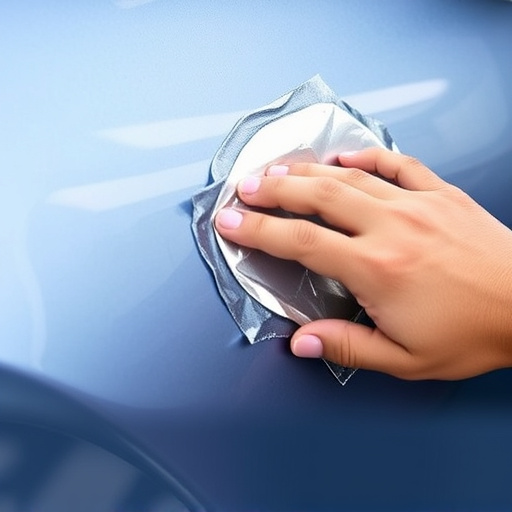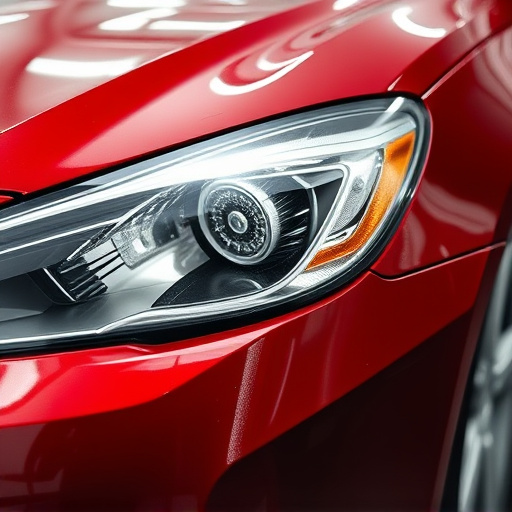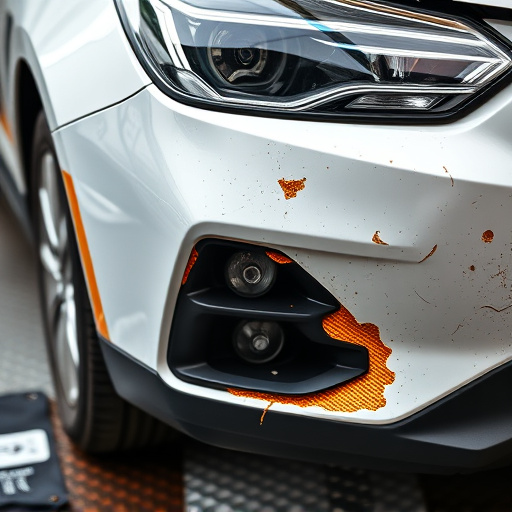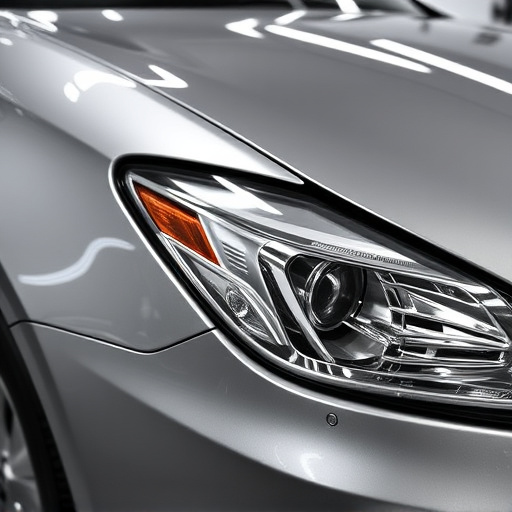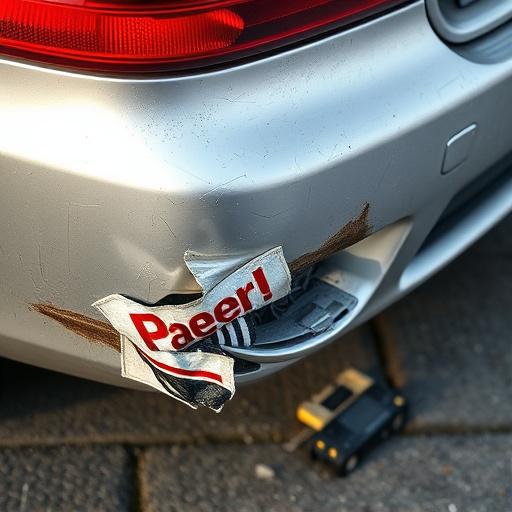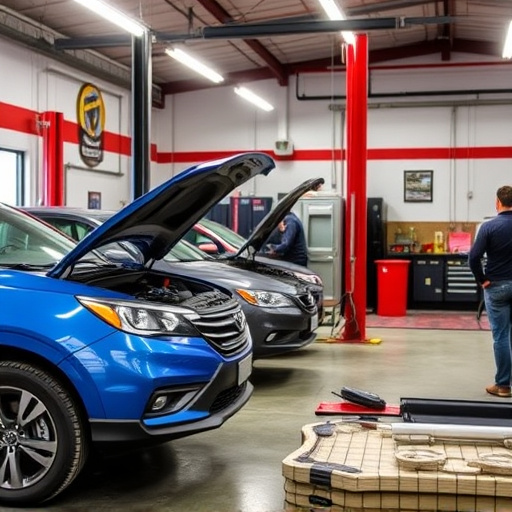Moisture damage in Tesla charging ports is common due to weather and humidity. Regular inspection and prompt action are key; detect signs like corrosion or electrical issues. Diagnose water intrusion using tools like moisture meters and visual checks. Repairs involve cleaning, drying, component replacement, and paintwork; skilled technicians specialize in Tesla charging port repair.
“Ensure your Tesla’s charging capabilities with this comprehensive guide to repairing water-damaged ports. Moisture intrusion can lead to serious issues, so understanding prevention and effective restoration methods is key. This article navigates the process, from recognizing signs of water damage to the step-by-step repair techniques. By delving into these strategies, you’ll be equipped to tackle common Tesla charging port problems, ensuring a reliable and efficient charging experience.”
- Understanding Moisture Damage in Tesla Charging Ports
- Diagnosing Water Intrusion: Steps and Tools
- Repair Process: Techniques for Effective Tesla Port Restoration
Understanding Moisture Damage in Tesla Charging Ports
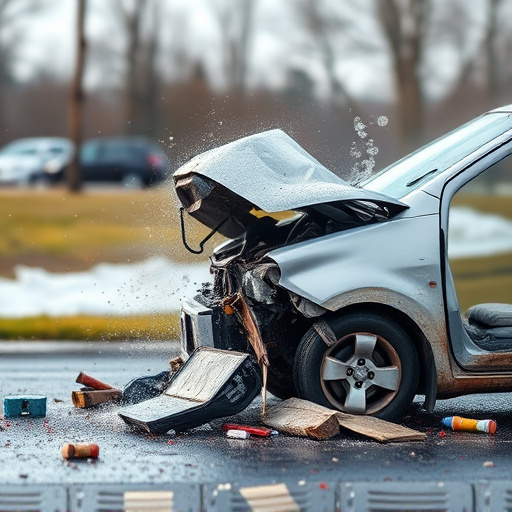
Moisture damage in Tesla charging ports is a common issue that can lead to serious problems if left unattended. Water or moisture intrusion into the port’s complex electrical components can cause short circuits, malfunctions, and even permanent damage over time. This often occurs due to environmental factors like rain, snow, or direct exposure to high humidity levels. The charging port, being an exterior feature, is more vulnerable to such elements, especially if proper sealing and protection measures aren’t in place.
Regular inspection of the Tesla charging port for any signs of moisture damage is essential. Signs may include corrosion on the metal parts, discolored or damaged insulation, or unusual electrical behavior when plugging in your vehicle. If moisture has infiltrated, it’s crucial to address the issue promptly. Taking timely action ensures a simple repair process at a car body shop or auto collision center, preventing more complex and costly Tesla charging port repairs down the line.
Diagnosing Water Intrusion: Steps and Tools

Diagnosing water intrusion in a Tesla charging port involves a systematic approach to identify and locate the source of moisture. Start by visually inspecting the port for any visible signs of damage, such as cracks, corrosion, or leaks. Check the surrounding area for moisture buildup or discolored spots that could indicate water entry points. Utilize specialized tools like a moisture meter to measure humidity levels within the vehicle’s bodywork, focusing on the charging port and adjacent components.
Next, carefully disconnect the charging cable and remove the port cover, if applicable. Inspect the internal components for any signs of rust, corrosion, or damage. Use a flashlight to examine intricate details and narrow down potential areas where water might have entered. Remember, even tiny gaps can allow moisture to infiltrate, leading to costly Tesla charging port repairs. Consider these steps as your guide when navigating through the process, ensuring you address the issue efficiently.
Repair Process: Techniques for Effective Tesla Port Restoration

The Tesla charging port repair process involves several precise techniques to ensure effective restoration. First, any visible signs of moisture intrusion need to be thoroughly cleaned and dried to prevent further damage. This step is crucial as water can cause internal corrosion and compromise the functionality of the port. After cleaning, a skilled technician will assess the extent of the damage using specialized tools to identify any faulty components.
For damaged or corroded ports, replacement parts are often required. Here, precision is key; compatible, high-quality replacements must be used to maintain the safety and reliability of the vehicle’s charging system. In some cases, car paint repair techniques might also be employed to restore the aesthetic appearance of the port, especially if the damage has left visible scars. Vehicle repair services that specialize in Tesla models are best equipped to handle these repairs, ensuring the longevity and performance of your electric vehicle’s charging mechanism.
Moisture damage in Tesla charging ports is a common issue, often caused by water or humidity. By understanding the problem and employing proper diagnosis tools, owners can quickly identify and address the issue. The repair process involves specialized techniques to ensure a durable fix, protecting against future damage and maintaining the vehicle’s overall health. With the right approach, Tesla owners can rest assured that their charging ports are reliable and safe for use, preventing any disruptions to their electric vehicle experience.



